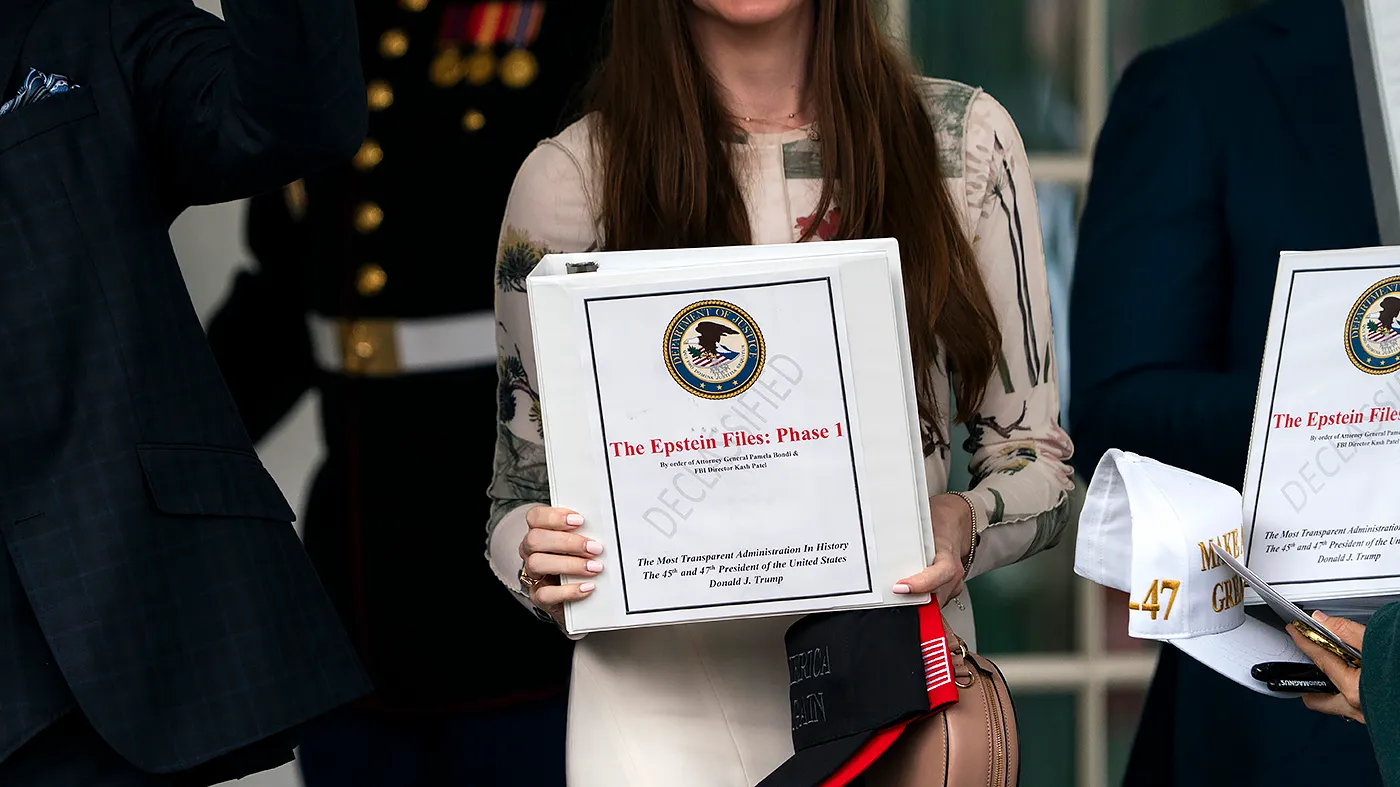Published: July 31, 2025
Estimated Read Time: 5 minutes
📉 A Strategy in Conflict
President Donald Trump’s latest move to impose 25% tariffs on Indian exports, along with additional penalties for India’s ongoing trade with Russia, is making headlines for more than just its economic impact. It’s also exposing cracks in his own foreign policy doctrine, the so-called “peace through trade threats” strategy.
If Trump’s goal is to foster peace through economic leverage, then hitting a strategic partner like India raises a pressing question: Is this policy creating more conflict than it solves?
The India Tariffs: What’s Happening?
Trump’s decision, effective August 1, 2025, targets India for:
- High import duties
- Restrictive non-monetary trade barriers
- Major defense and energy deals with Russia
In his words, India’s continued alignment with Russia “undermines global efforts to isolate Moscow” over the war in Ukraine.
This tariff move is part of Trump’s broader “reciprocal tariff” push, which targets countries with trade surpluses against the U.S.
💬 What Is “Peace Through Trade Threats”?
It’s Trump’s signature play:
Use access to the U.S. market as a bargaining chip, dangle it like a carrot or whack it like a stick.
Under this philosophy, tariffs become a foreign policy tool, a way to extract diplomatic or security concessions, not just economic ones.
Recent examples that Trump has touted:
- Thailand-Cambodia dispute resolution allegedly brokered by tariff threats
- India-Pakistan de-escalation, which Trump claimed was influenced by his tariff tactics (though India denied this)
In short, he believes trade coercion can drive peace. Whether or not that’s true, the contradiction becomes clear when the same approach antagonizes long-term allies.
🤔 So What’s the Contradiction?
If “peace through trade threats” is supposed to build stability, then slapping tariffs on India, a democratic partner with shared interests in countering China, seems wildly counterproductive.
India isn’t a rogue state. It’s a country balancing complex geopolitical ties, including a long-standing defense relationship with Russia.
This raises the core contradiction:
🔁 How can you broker peace through trade leverage while damaging relations with your strategic allies?
If Trump’s tariffs are punishment for India’s independent foreign policy, then they look less like tools for peace and more like tools for control.
🧩 Strategic Consequences
Critics argue that this approach:
- Erodes trust between the U.S. and key allies
- Pushes India toward alternate alliances (think BRICS, China, or a non-aligned revival)
- Undermines Quad unity, especially in Indo-Pacific military and tech cooperation
- Weakens the perception of U.S. reliability in the Global South
Meanwhile, Indian officials have described the tariffs as “unilateral, aggressive, and misaligned with current bilateral dialogue.”
💼 Economic Impact: Who Gets Hit?
In the U.S.:
- Importers face higher costs on Indian pharmaceuticals, auto parts, and textiles
- Consumers may see rising prices in key sectors
In India:
- Exporters are rattled, particularly small businesses
- Retaliatory tariffs are on the table, likely targeting U.S. agriculture and tech
📊 The Verdict: Strategy or Self-Sabotage?
Trump’s defenders argue the policy is consistent, and pressure equals progress. But with India, it feels like the tactic may be doing more harm than good.
If tariffs alienate allies, reduce trust, and make cooperation harder on global issues like China or climate, is that really peace-building?
Or are we watching a foreign policy strategy that’s beginning to undermine itself?
Discover more from SparkMantis
Subscribe to get the latest posts sent to your email.



